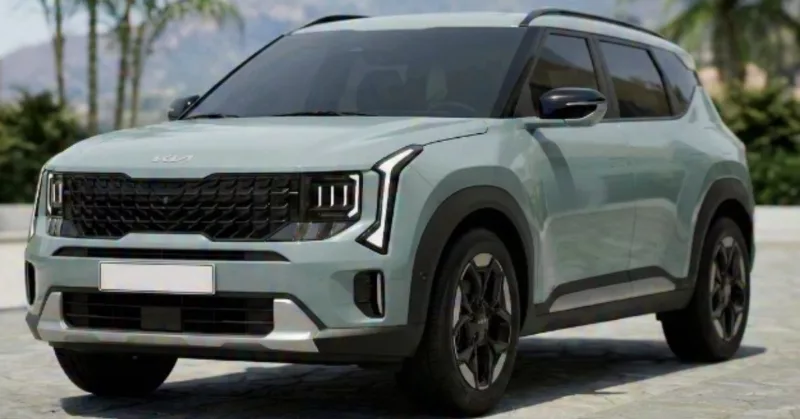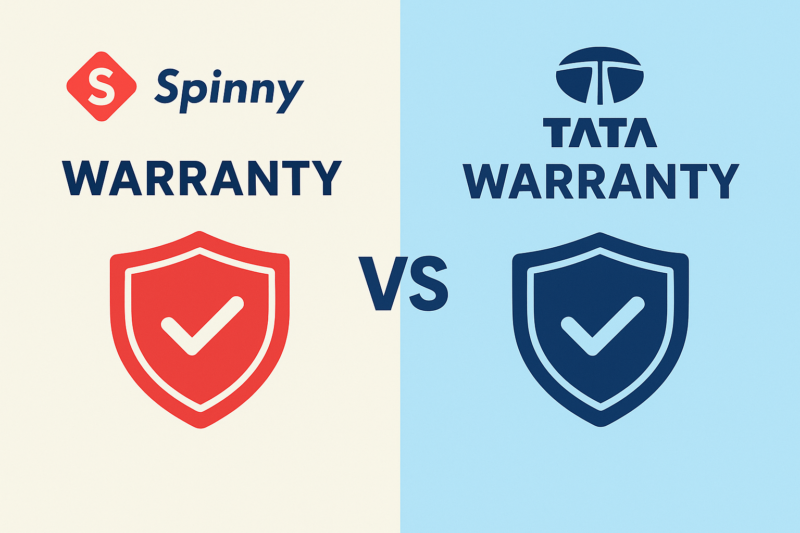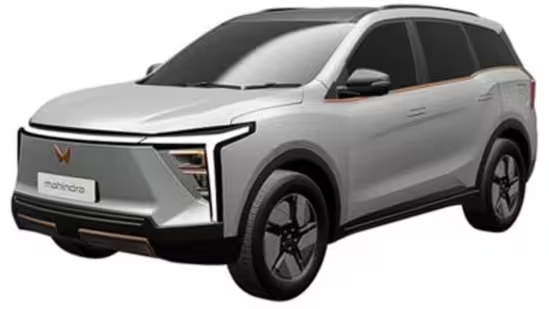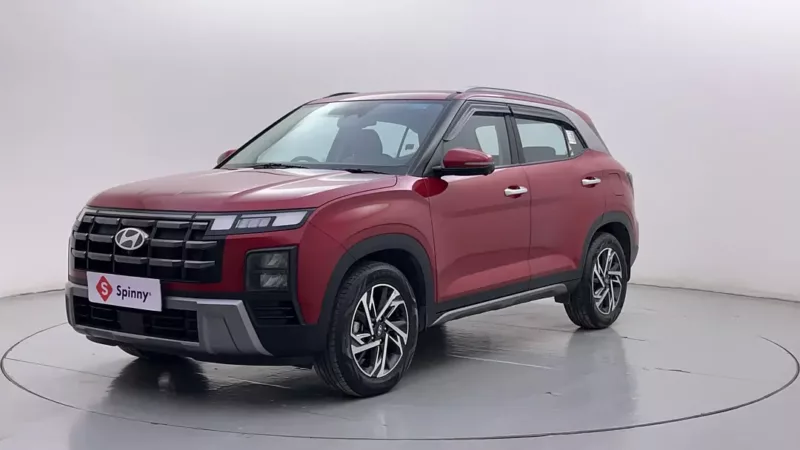Your car’s battery is one of its most important components. Without it, as you may know, your car simply will not start. When you turn the ignition key, the battery fires a burst of electrical energy that puts the electrical components of the car to work. It converts chemical energy to electrical energy that will power your car and deliver voltage to its starter and other components.
Also Read – Car Problems
So without further ado, let us list out the five main functions of a battery:
- It is the car’s power storage
- Supplies energy to start the engine
- Delivers electricity to the ignition system
- Works with the alternator (part whose job is to turn mechanical energy into electrical energy and also turn AC current to DC) to power electronics
- Helps to regulate and stabilise voltage
Now that you know how important a battery is to your car, we’ll jump right into the types of car batteries. And once you’re familiar with the different types of car batteries, it will be interesting and useful to know all about car battery maintenance as well.
Different Types of Car Batteries
| Types | Maintenance | Reliable Starting Power | Higher electrical power demands | Non Spillable | Life Span | Safety |
| Lead Acid SLI (NMF) | Topping up required | Yes | No | No | 3-5 years | Thermally Stable |
| Lead Acid SLI | None | Yes | No | No | 3-5 years | Thermally stable |
| Deep Cycle | None | Yes | Yes | Yes | 3-5 years | Thermally Stable |
| VRLA Gel Cell | None | Yes | Yes | Yes | 3-5 years | ThermallyStable |
| VRLA AGM | None | Yes | Yes | Yes | 3-5 years | Thermally Stable |
| Lithium Ion | None | Yes | Yes | Yes | 8 years | Protection Circuit mandatory |
| Sodium Ion | None | Yes | Yes | Yes | Not Known | Non Flammable |
| Solid State | None | Yes | Yes | Yes | Not Known | Non Flammable |
1. Lead Acid Battery

These types of car batteries work with a liquid component that is the electrolyte. Since evaporation is a factor, they need to be topped up with distilled water from time to time. The newer less maintenance or zero maintenance car battery types are sealed, contain a semi solid electrolyte and require no topping up leading to one less maintenance headache for the driver.
There are two versions of the wet cell battery used in car battery types:
Also Read – Types Of Injectors
SLI Car Battery

The first is an SLI (starting, lighting, ignition) battery which will start your car with a short burst of energy and also powers the lights and ignition. However, once the car has started, the power that it needs to keep running is provided by the alternator. Most vehicles have these types of car batteries. The new cars generally come with a generic SLI battery from the factory.
Deep Cycle Battery

The second version is a deep cycle battery which can also be called a marine battery. These types of car batteries are sealed and will not only last longer but are able to deliver energy over a longer period. These types of car batteries are designed to be discharged repeatedly without getting ruined (which would destroy an SLI battery), and can provide a steady amount of current over a long period of time.
Also Read – How To Increase Car Mileage
2.VRLA batteries
A VRLA battery, or valve-regulated lead-acid car battery are among sealed types of car batteries with no venting of gases. These types of car batteries are ideal for use in small spaces with no ventilation and since they’re sealed, they can be easily stored. These types of car batteries don’t leak or release hydrogen gas and are considered the safest wet cell lead-acid car battery types. The only drawback to these car battery types is that they’re sealed, leaving them unserviceable.
There are two different types of car batteries that are classified as VRLA, the gel cell battery and the AGM battery:
Gel Cell Battery

Instead of containing a liquid electrolyte like a wet cell battery, these types of car batteries contain a “gelified” electrolyte. They’re extremely resistant to hot temperatures, spillage, physical shock, and electrolyte evaporation. These types of car batteries are tough.Gel batteries function just like wet cell car battery types, except they’re sealed and dry.
They have a larger cycle life, are maintenance free, have an extended battery life, are safer and corrosion resistant.
Also Read – Tyre Maintenance
Absorbed Glass Mat Battery

These types of car batteries (AGM batteries) are designed with the electrolyte held in glass mats, as opposed to freely flooding the plates. The glass mats are very thin fibres
in the battery and are meshed together to form the electrolyte absorbed glass mat. These types of car batteries work just like wet cell car battery types , without the potential for spilled battery acid.
3.Lithium Ion Battery

These types of car batteries have a high power-to-weight ratio, high energy efficiency, good high-temperature performance, and low self-discharge. The parts of these types of car batteries are recyclable making them an effective green option though there is a high cost involved in recovering the materials.
Also Read – Car Battery Maintenance

Most of today’s electric powered vehicles and PHEVs use lithium-ion batteries over different types of car batteries. Research and development are ongoing to reduce their relatively high cost, extend their useful life, and address safety concerns in regard to overheating.
4.Sodium Ion Battery
This is the new standard of car battery types being developed today.
Lithium is an expensive and scarce metal; so is the cobalt that is also used in lithium-ion types of car batteries. In addition, a huge amount of groundwater is required to produce lithium.
Sodium, on the other hand, is the sixth most plentiful element on the planet and hence is plentiful and easy to extract.
Sustainability of production, prevention of groundwater loss and safety concerns thus are factors pushing the development of Sodium ion car battery types.
These types of car batteries are the ones of the future and extensive Research and Development is underway to make them the industry standard, first by partially complementing Lithium-Ion batteries and then by replacing them altogether.
5.Solid State Battery

A solid-state battery is among the different types of car batteries. These car battery types use technology that make use of solid electrodes and a solid electrolyte, instead of the liquid or polymer gel electrolytes commonly used in traditional lithium ion types of car batteries.
These are also being developed for electrical cars. Research and Development into them are ongoing. This is in order to make them more affordable and competent.
Solid-state car battery types promise fast, ubiquitous charging, and enough power to outrun ICE cars.
But the problems inherent in their manufacture and adoption mean that these car battery types will not be seen in our automobile markets for the next ten years at least.
Also Read – How To Drive A Car
Different Types of Car Batteries Summary
But, why is all this important to know? If you haven’t noticed yet, your battery is the pulse of your vehicle. Without it, your car won’t run. The battery also stores a lot of electricity, and if it can’t properly contain that power it can cause damage to the charging system or starter. Not only does this render your engine useless, but it also adds to the cost of getting your car up and running again.
Let us say that you sprain your ankle. Your body compensates by shifting more weight to the other foot. The same thing happens if your battery gets damaged or weak, the alternator and the starter try to take up the slack to keep the engine going. This leads to the possibility of them malfunctioning as well because they are withdrawing excess voltage to compensate for the lack of stored energy in the battery. This not only makes your engine much less efficient, but will also lead to an expensive repair.
And please, do give it a second thought before you have someone jumpstart your battery. If your battery died on you because of a short in your electrical system, your friend runs the very real risk of having his own battery getting drained or killed.
Make sure to drive with your vehicle’s health in mind and keep it parked somewhere warm during the winter and cool in the summer, if possible. The extreme changes in temperature can cause damage and shorten the life of your battery.
Remember, with all types of car batteries, prevention not reaction is the key.
Also Read – Types Of Cars
FAQs on Different Types of car batteries
How do I decide on the replacement battery?
The specifications as set out by your vehicle manufacturer, the customer service and the quality of the materials used by the brand in question, the type of battery must be the factors you consider when making a choice of a replacement battery.
Which are the popular brands for car batteries in India?
Exide and Amaron are the most well-known brands in India. Other reputable quality manufacturers are Okaya, Lento, Luminous, Su -Kam, HBl and Hi-Power.
Which battery is used in EV's and does it make cost sense to buy an EV considering its battery replacement costs?
Lithium-Ion Batteries are used in EV’s. Yes, It most certainly does. The running costs and the maintenance of EV’s are far lower. And even though the battery packs would need to be replaced every 8 years, if we look purely at the warranty offered, affecting its resale value, we can also look forward to economies of scale bringing down the price of the batteries. This is not even taking into account the positive effects on the environment and health of people exposed to noxious fumes.



